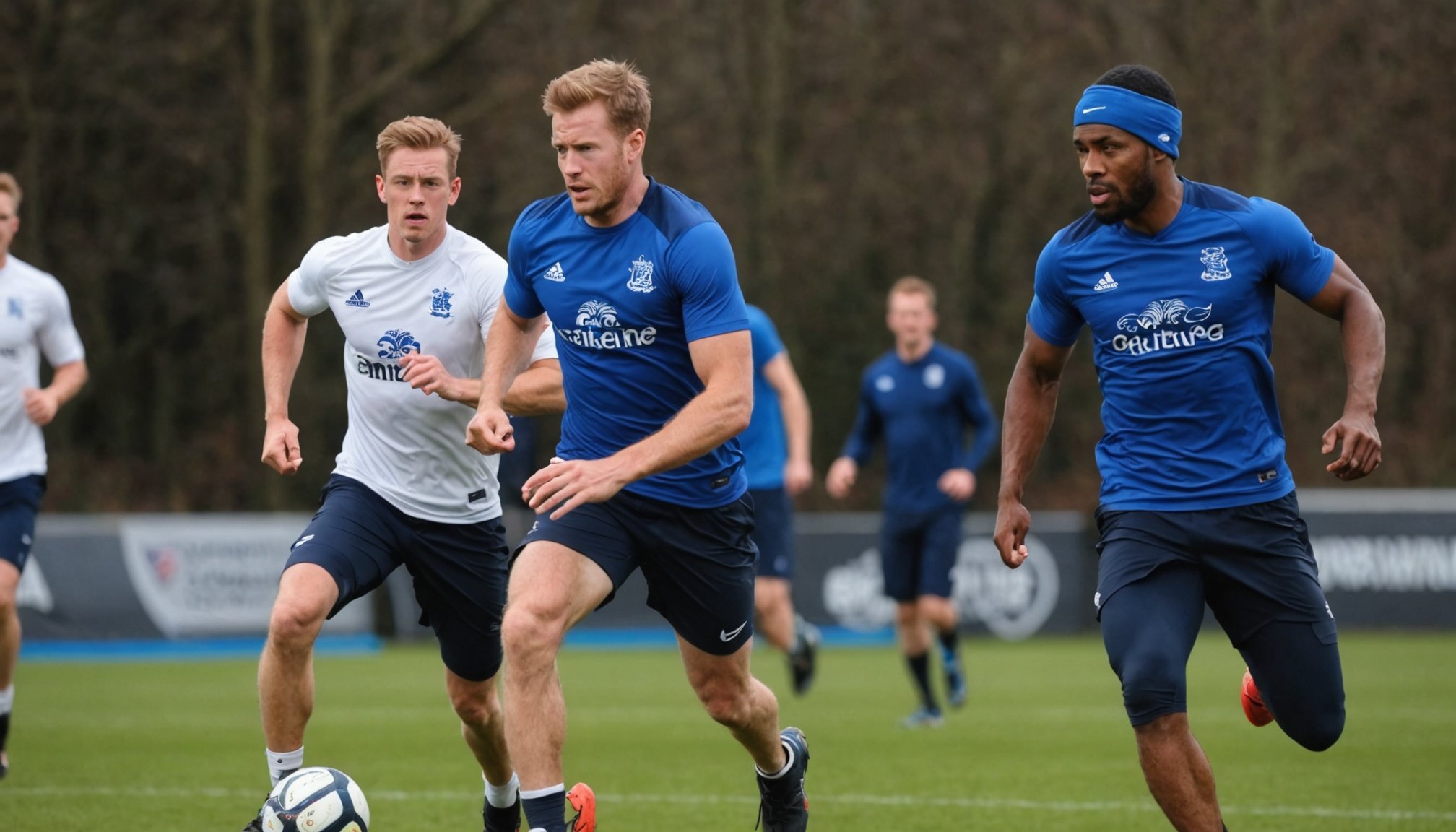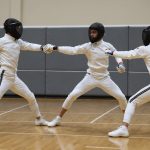Innovative Off-Season Training Techniques
In the realm of off-season training, UK sports teams are increasingly integrating innovative techniques to enhance sports performance. By embracing the latest methodologies, these teams are setting benchmarks in their respective fields. They have started adopting a blend of traditional training combined with cutting-edge technology, proving to be a game-changer in training routines. For instance, many athletes now incorporate virtual reality simulations to improve strategic thinking and reflexes without the wear and tear typical of physical practice.
The impact of technology on training efficiency has been substantial. High-resolution motion capture systems are employed to analyze and refine an athlete’s movement, offering a tailored approach to injury prevention and rehabilitation. Wearable tech like fitness trackers and smart clothing also allows real-time monitoring, enabling precise adjustments in training loads and recovery strategies.
In parallel : How do cultural differences influence the training regimes of international athletes in the UK?
Several case studies showcase the success of these innovative approaches. For example, a premier football club in the UK reported a significant reduction in injuries and a measurable improvement in player agility after integrating biomechanical analysis tools into their training program. This evolution in off-season training not only elevates an athlete’s performance but also extends their career longevity, reinforcing the critical role of innovation in sports.
Expert Insights and Analysis
In the realm of sports, expert advice is crucial for honing skills and optimizing performance. Speaking with experienced sports trainers and coaches reveals how their insights shape training strategies. These professionals offer a deep dive into training analysis, emphasizing the significance of meticulously crafted programs.
Also to see : Transformative approaches for uk sports clubs to engage underserved communities
Advanced training programs have emerged, integrating technology and expert knowledge to elevate athletes’ abilities. These cutting-edge programs focus on personalised training regimens that are tailored to meet the unique needs of individual athletes. Through detailed analysis, coaches and trainers identify specific areas for improvement, ensuring that each athlete maximises their potential.
Performance metrics play a pivotal role in assessing these improvements. Metrics provide quantifiable data, allowing trainers to track progress accurately. For instance, metrics such as speed, endurance, and skill execution are meticulously recorded and analysed. These measurements guide trainers in making informed decisions on adjusting training programs, enhancing player performance further.
By combining expert advice with rigorous training analysis and precise performance metrics, athletes are able to achieve significant advancements. This holistic approach ensures that each athlete is on a path to reaching their peak performance level, empowered by data-driven strategies and expert-led training initiatives.
Technology Integration in Training
The growth of sports technology has seamlessly transformed how athletes prepare and perform. The fusion of wearable devices and training software offers unprecedented precision and customization.
Utilizing Wearable Technology
Wearable devices are revolutionizing sports training with real-time data collection. By monitoring physiological metrics, athletes can receive instant feedback, helping them adjust techniques and avoid injury. For example, heart rate monitors and GPS trackers provide in-depth insights into an athlete’s performance, tracking everything from speed to recovery rates. A study on professional footballers demonstrated that integrating wearable technology led to a 15% increase in performance metrics over a season.
Smart Training Software
Training software offers comprehensive tools for team management, enabling coaches to analyze data and refine strategies. Such software captures and processes vast amounts of data, aiding in making informed training decisions. Video analysis within these platforms allows coaches to examine technique details, offering players a visual representation of improvements needed. Through these advancements, sports technology has ushered in a new era of efficiency.
Virtual Training Assistance
The advent of AI-driven training programs and virtual reality offers a unique dimension to skill development. Compared to traditional methods, these virtual approaches provide dynamic, interactive environments that adapt to an athlete’s evolving needs, presenting novel opportunities for growth and enhancement.
Sport-Specific Training Approaches
Implementing sport-specific training is crucial for athletes aiming for peak performance. By customizing off-season routines, athletes can prepare more effectively for the demands of their particular sport. This approach involves tailored methodologies, ensuring that each training component aligns with the unique physical and technical requirements of the activity.
Moreover, introducing cross-training techniques can be particularly beneficial in developing a broader skill set. By incorporating elements from different sports, athletes can enhance their agility, strength, and endurance, which are essential across various sporting disciplines. For instance, a swimmer might benefit from cycling to build leg stamina, while a basketball player could improve cardiovascular fitness through running.
In the UK, several uncommon sports have witnessed remarkable success through these adaptations. For example, croquet and netball teams have integrated cross-training strategies, enhancing their competitive edge. By embracing such methods, they not only improve individual skill levels but also foster team adaptability and resilience.
Ultimately, sport-specific training paired with cross-training offers a dynamic and comprehensive approach, empowering athletes to excel in their respective sports settings. These tailored programs ensure readiness for the physical challenges of competition, driving both performance and success.
Actionable Guidelines for Coaches and Athletes
Understanding and implementing effective training guidelines are essential for both coaches and athletes. It’s crucial to keep athletes engaged and motivated, especially during the off-season when enthusiasm might wane. Here’s how you can strategise for success.
Begin with step-by-step coaching strategies to introduce new techniques gradually. This can involve breaking down complex skills into manageable sections, ensuring athletes grasp each element before moving forward. By doing this, you prevent overwhelming them and facilitate consistent growth.
To maintain athlete engagement when regular competitions are not happening, consider creative ways to make training exciting. Initiatives like team challenges or skill-building workshops can keep spirits high. Off-season is perfect for focusing on goal-setting, allowing athletes to develop specific aspects of their performance.
Finally, a framework for evaluating training success is indispensable. After implementing new techniques, assess their effectiveness. This can be achieved through metrics like performance tests and feedback sessions. Gathering data helps identify areas needing adjustment, ensuring that your approaches align perfectly with your goals. Don’t hesitate to make adjustments to your strategies based on these evaluations; agility in approach leads to long-term success.











